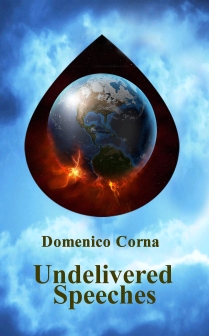Part 4
Part 3
Part 2
The soul of the story, that particular ability
to invent images, stories and characters is fantasy. In people where
it is predominant, if not understood, it generates strong conflicts.
Childhood is the ideal abode of fantasy, where there is no limit
unless imposed by adults. But when the child becomes an adult and
tries to live like everyone else, devastating conflicts begin to
arise. She will try to fight that "disease", until she reaches the
edge of annihilation. She will win that fight, managing to reach
normality. But, after discovering the happiness of childhood unlike
a gray and amorphous adulthood, will cause a sense of unhappiness
such as to push her to go in search of fantasy, the other part of
her. A new Martina will be born in her fullness: a child and an
adult, no longer in conflict but with a mental power difficult to
imagine for us ordinary poor people.
It’s not a novel to read casually. The precarious linearity and the continuous temporal jumps that can represent a defect, have instead the advantage of describing the soul of the protagonist and her conflicts. If reader does not feel like Martina, he will not understand the story and will consider it a fantasy novel a bit shabby, although well written.
It’s not a novel to read casually. The precarious linearity and the continuous temporal jumps that can represent a defect, have instead the advantage of describing the soul of the protagonist and her conflicts. If reader does not feel like Martina, he will not understand the story and will consider it a fantasy novel a bit shabby, although well written.
Presentation
Night Clouds
Part 1
Available to be published

Fairy Tales
Poems
Novels
Night Clouds



















